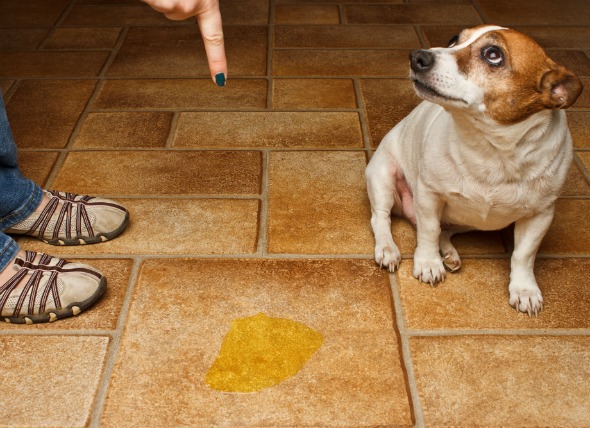

The invasion and colonization of bacteria in the urinary bladder and/or the upper portion of the urethra may result in infection when the local defense system, which helps protect against infection, is impaired. Symptoms related to this type of infection include inflammation of the affected tissue and urinary difficulties.
Dogs of all ages can be affected, but vulnerability increases with advancing age. In such cases, stone formation, prostate disease, and tumors are frequently seen. Additionally, female dogs are more susceptible to bacterial infections of the lower urinary tract than males.
Some dogs with bacterial infections of the lower urinary tract may not show any signs, but many more do. A few of the more common signs include:
E. coli, Staphylococcus, and Proteus spp. account for more than half of all cases of bacterial infections of the lower urinary tract. Less common bacteria include Streptococcus, Klebsiella, Enterobacter, Pseudomonas, and Corynebacterium spp.
You will need to give a thorough history of your dog’s health, including the onset and nature of the symptoms, to your veterinarian. He or she will then perform a complete physical examination as well a biochemistry profile, urinalysis, and complete blood count (CBC). Although the results of the CBC and biochemistry profile are often normal, urinalysis findings will provide valuable information for initial diagnosis. For instance, pus, blood, or proteins are often seen in the urine. The urine sample, which is taken from the bladder with a syringe, is then cultured to grow the causative bacteria (allowing for sensitivity testing).
Once the bacteria is identified, your veterinarian will recommend suitable antibiotics for treatment. X-rays and ultrasonography of the lower urinary tract may also reveal the presence of stone or other abnormal lesion.
Most dogs recover without complications once the appropriate antibiotics are administered. However, it is important to identify the issue quickly, as such forms of lower urinary tract infections can travel up to kidneys, heart, and other areas, resulting in more severe complications.
Prognosis will ultimately depend on the diagnosis; however, most dogs require little more than antibiotics to resolve the infection. In cases of severe and complicated infections with obstructions, surgery may be required. Dietary changes may also be implemented to prevent future episodes of stone formation.
Antibiotics should always be administered at the prescribed dosage and frequency. In addition, do not stop or alter treatment without prior consulting your veterinarian. If long-term antibiotic treatment is recommended, watch your dog for adverse effects, such as allergies, and immediately call your veterinarian if they should arise.
Urine cultures are done 7 to 10 days after completion of therapy. If infection is still present, more prolonged antibiotic therapy or changing the antibiotic may be required.
 Systemic Autoimmune Disease in Dogs
Systemic Lupus Erythematosus (SLE) in Dogs
System
Systemic Autoimmune Disease in Dogs
Systemic Lupus Erythematosus (SLE) in Dogs
System
 Collection of Fluid in the Lungs (Not Due to Heart Disease) in Dogs
Noncardiogenic Pulmonary Edema in Dogs
Nonc
Collection of Fluid in the Lungs (Not Due to Heart Disease) in Dogs
Noncardiogenic Pulmonary Edema in Dogs
Nonc
 Liver Inflammation in Dogs
Cholangitis-Cholangiohepatitis Syndrome in Dogs
I
Liver Inflammation in Dogs
Cholangitis-Cholangiohepatitis Syndrome in Dogs
I
 Lung Cancer (Adenocarcinoma) in Dogs
Adenocarcinoma of the Lung in Dogs
Adenoca
Lung Cancer (Adenocarcinoma) in Dogs
Adenocarcinoma of the Lung in Dogs
Adenoca
 Drowning (Near Drowning) in Dogs
Hypoxemia Due to Aspiration of Water in Dogs
Near
Drowning (Near Drowning) in Dogs
Hypoxemia Due to Aspiration of Water in Dogs
Near
Copyright © 2005-2016 Pet Information All Rights Reserved
Contact us: www162date@outlook.com